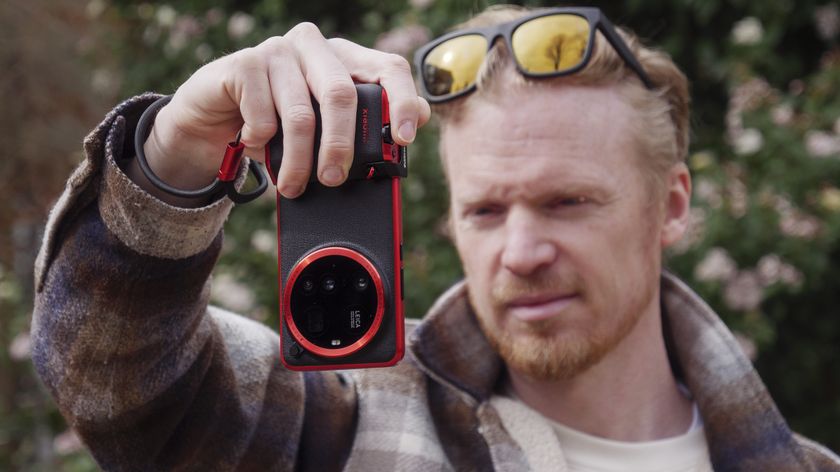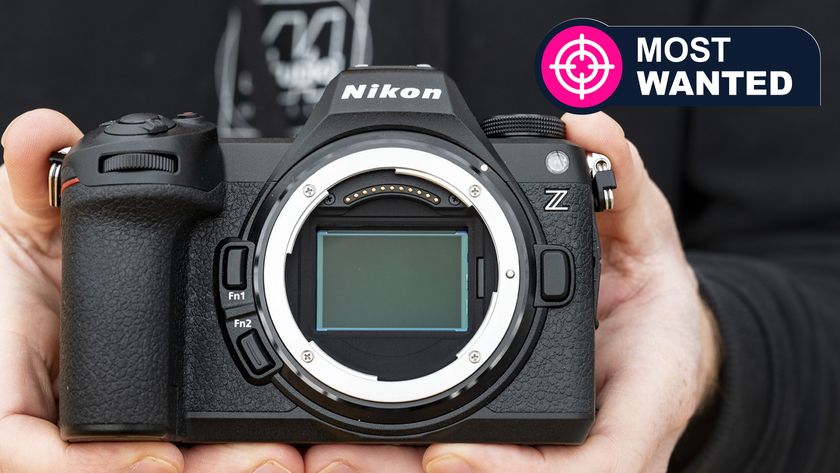How to balance your sunset photography with an ND grad filter
In this section we'll show you how to set up your DSLR or mirrorless camera with an ND grad filter to balance the exposure of the sunset, and adjust the white balance for accurate sky colours.
1. Set up your shot

When you're shooting at sunrise or sunset you run the risk of camera shake, as your shutter speeds will be relatively long. So set up your camera on a tripod, and use a remote release to make sure the camera doesn't move during the exposure. For optimum image quality you should keep the ISO low, at 100 or 200.
- Buying guide: The 10 best tripods you can buy right now
2. Set the white balance

While we're going to adjust the white balance in Lightroom, you should still choose the appropriate setting when you capture your image, as this can have an effect on the exposure, particularly of yellow and orange tones in the sky. For sunset and sunrise shots we'd suggest using the Daylight setting to capture the most faithful colors.
3. Shoot in raw

It's important to make sure that your DSLR is set to the raw quality option, as this will enable you to apply selective adjustments to your images, and also fine-tune the overall exposure and white balance in Lightroom or Photoshop without degrading their quality.
4. Go manual

Obtaining a correct exposure when shooting at sunrise or sunset can be difficult in any of the auto shooting modes, even if you're using a graduated filter (see below). So set your DSLR to Manual mode, select a narrow aperture such as f/16 or f/22 to keep the image sharp from front to back, and adjust the shutter speed until the metering display is centred.
- Learn more: The Exposure Triangle
5. Fit an ND grad filter

The easiest way to capture maximum detail in both the darker foreground and brighter sky in most sunrise or sunset shots is to use a neutral density graduated filter to reduce the contrast. This needs to be carefully positioned so the transition lines up with the horizon in the scene, to avoid darkening the foreground.
6. Check the exposure

Take a test exposure, and review the image using the histogram display - you can access this on many DSLRs by pressing the info button when in Playback mode. Make sure the graph isn't cut off at the right edge, as this will indicate that highlights are clipped, and will contain no detail; if the graph is cut off you'll need to select a faster shutter speed to reduce the exposure, and take another shot.
Get daily insight, inspiration and deals in your inbox
Sign up for breaking news, reviews, opinion, top tech deals, and more.
- Learn more: 5 essential photography filters
Phil Hall is an experienced writer and editor having worked on some of the largest photography magazines in the UK, and now edit the photography channel of TechRadar, the UK's biggest tech website and one of the largest in the world. He has also worked on numerous commercial projects, including working with manufacturers like Nikon and Fujifilm on bespoke printed and online camera guides, as well as writing technique blogs and copy for the John Lewis Technology guide.













